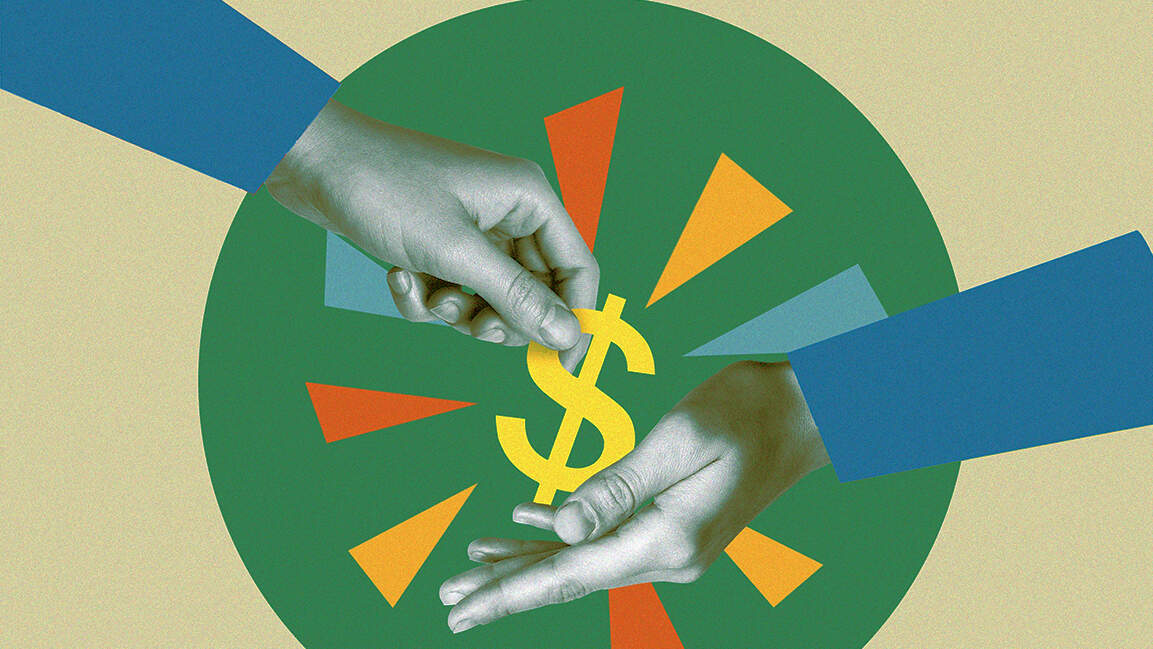- | 11:00 am
GCC attracts over $523 billion in FDI amid ongoing economic diversification
Intra-GCC investment also grew, increasing from $88.2 billion in 2015 to US$130.3 billion in 2023

The GCC continues to see steady growth in foreign investment, according to new data from the Statistical Center for the Cooperation Council for the Arab States of the Gulf (GCC-Stat).
Inbound foreign direct investment (excluding intra-GCC flows) reached about $523.4 billion in 2023, making up nearly 80% of total FDI stock and highlighting sustained global confidence in the region’s business environment. FDI inflows accounted for roughly 5% of global totals that year.
Intra-GCC investment also increased, rising from $88.2 billion in 2015 to $130.3 billion in 2023, representing 20% of the region’s total foreign investment stock. GCC-Stat attributes this momentum to ongoing improvements in infrastructure, technology, and updated regulatory frameworks that have strengthened the bloc’s position as an international investment hub.
External merchandise trade in the GCC posted modest growth of 1.1% in 2024, despite average oil prices easing from $82.5 per barrel in 2023 to $80.5 in 2024. Non-oil exports recorded a solid rise, signaling progress in broadening the export base, while re-exports continued to expand, supported by the region’s advanced logistics capabilities.
Public revenues reached approximately $670.2 billion in 2024, a 2% increase year-over-year, while government spending totaled $659.3 billion. According to GCC-Stat, this reflects continued fiscal consolidation, with expenditure directed toward development, infrastructure, and social protection.
Non-oil revenues also grew, supported by the implementation of VAT and excise taxes, as well as the digitalization of public financial management. These measures helped contain public debt and reduce debt-servicing pressures.
GCC capital markets delivered a positive performance in 2024, with market capitalization rising to approximately $4.2 trillion, despite global uncertainty linked to tighter U.S. monetary policy.
The gains were driven by stronger corporate earnings, lower inflation, and sustained institutional investment across key sectors.






























